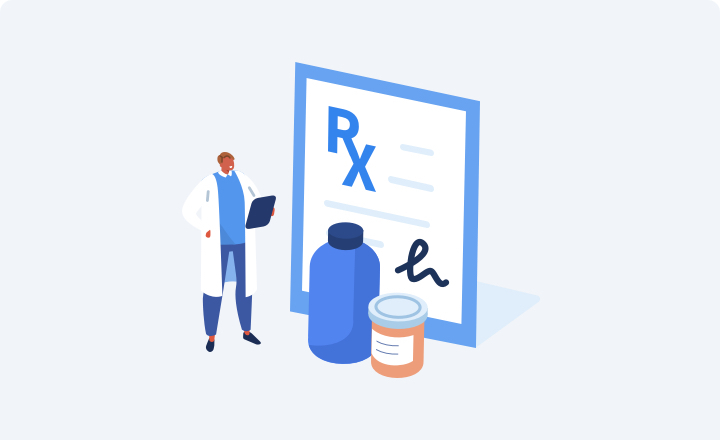
Impacted Canine Surgery
Reveal your best smile.
Our team of Board-Certified oral surgeons works directly with leading Orthodontists to help impacted canines emerge into the exposed dental arch to reveal your best smile. Early identification of an impacted canine is recommended by your general dentist.
Frequently Asked Questions
The American Association of Orthodontists recommends that kids around seven years old get x-rays and dental exams to check if their adult teeth are coming in properly.
It’s important to know if a child has all their adult teeth or if some are missing. This can help identify any extra teeth or growths that might be blocking the canine tooth from erupting.
The dentist will also check if there’s enough space for the upper canine tooth to come in. If there’s overcrowding or not enough space, it can cause problems.
If there are concerns, a hygienist or general dentist will refer you to an orthodontist. They might suggest braces to make room for your adult teeth to come in.
In some cases, an oral surgeon may need to remove adult teeth or baby teeth that are in the way of the canine tooth coming in correctly.
If there are any extra teeth or growths blocking the eruption of adult teeth, they’ll need to be taken out by an oral surgeon.
Once the path for eruption is cleared and there’s enough space in your mouth, your impacted canine tooth will probably come in on its own before you’re eleven or twelve.
If you’re past fourteen, it’s unlikely the impacted canine tooth will come in naturally, even with enough space in your mouth.
If you’re over forty, it’s highly unlikely the tooth will come in. In that case, the impacted tooth will need to be extracted, and you’ll need a bridge or dental implant to replace it in your mouth.
You can get the proper treatment for impacted teeth from a collaboration between an oral surgeon and orthodontist.
Typically, braces are used to create space for the impacted tooth to move into its proper position. The baby canine is left alone until enough space is created. Then, the surgeon will expose and bracket the impacted canine in a simple procedure performed in their office.
During the surgery, the gum covering the impacted tooth is lifted to reveal it. If a baby tooth is present, it will be removed. The exposed tooth is then tied with a bracket and a gold chain for guidance.
After the surgery, the patient visits the orthodontist to attach a rubber band to the chain for gentle pulling force to aid tooth eruption. The process usually takes about a year to complete. The goal is to help the tooth emerge, not extract it. Once the tooth is in its final place, the dentist evaluates the gum for long-term health.
In some cases, minor surgery may be required to bulk up the gum tissue for proper functionality. These procedures can be done on any impacted tooth, with upper eye teeth being most commonly affected.
If both upper teeth are impacted, the orthodontist can create space for both at once. The oral surgeon will then expose and bracket the impacted teeth in the same appointment.
While bicuspid and anterior teeth are easier to erupt, posterior molar teeth present more challenges due to their size and multiple roots. Early recognition of impacted canines is important, and patients should see an orthodontist as soon as potential problems are identified. In some cases, referral to an oral surgeon may be necessary before getting braces.
You can expect a hassle-free surgical process at our office to expose and bracket impacted teeth. This straightforward procedure begins with local anesthesia.
The surgery typically takes 75 minutes for a single tooth and 105 minutes for both sides, if only exposing the impacted tooth is required, the duration is reduced by an hour.
Most patients find post-operative relief with Advil or Tylenol, but always consult a general physician before taking any medication. By the second or third day, you may not need medication at all. Any swelling can be reduced with ice packs. Extensive bruising is uncommon.
After surgery, stick to soft and bland foods and avoid sharp food items that can irritate the wound during the initial healing process. A post-op check-up will ensure proper healing and oral hygiene maintenance.


